What is the tolerance range of precision screws?
What is the tolerance range of precision screws?
Service Hotline
+86760-8787 8587We have more than ten years of production experience in the screw industry, the main products are: aluminum T-nut, 4.8 grade hexagonal galvanized nuts, flat washer set pan head combination bolts, GB29.2 bolts, nylon plug bolts, stop bolts, Carbon steel support column, ISO8752, outer tongue stop washer, ingot clasp hand nut, flange face screw, UNI5588 hexagon nut, GB853 washer, spring washer bolt with flat washer, carbon steel galvanized screw and other fasteners, due to the product The materials and specifications are different, and the prices are also different. Please contact us if you need it.


The inner hole retaining ring groove processing mechanism is characterized in that: it comprises a pneumatic grinder fixed block installed on the tool table of the lathe, a pneumatic grinder installed on the pneumatic grinder fixed block and a grinding wheel piece installed on the front end of the pneumatic grinder; The pneumatic grinder mounting block is provided with a pneumatic grinder installation through hole, and there are at least 2 screw holes above the pneumatic grinder installation through hole; the grinding wheel is designed according to the diameter of the product and the thickness of the groove width, in order to increase the strength of the grinding wheel , Add flanges at both ends of the grinding wheel to improve the strength of the grinding wheel. The grinding wheel piece includes the connecting blade on the flange plate. The center of the flange plate is provided with a mounting hole installed on the pen-type pneumatic grinder. The diameter of the mounting hole is 17.8- 18mm, the diameter of the grinding wheel is 18-20mm.
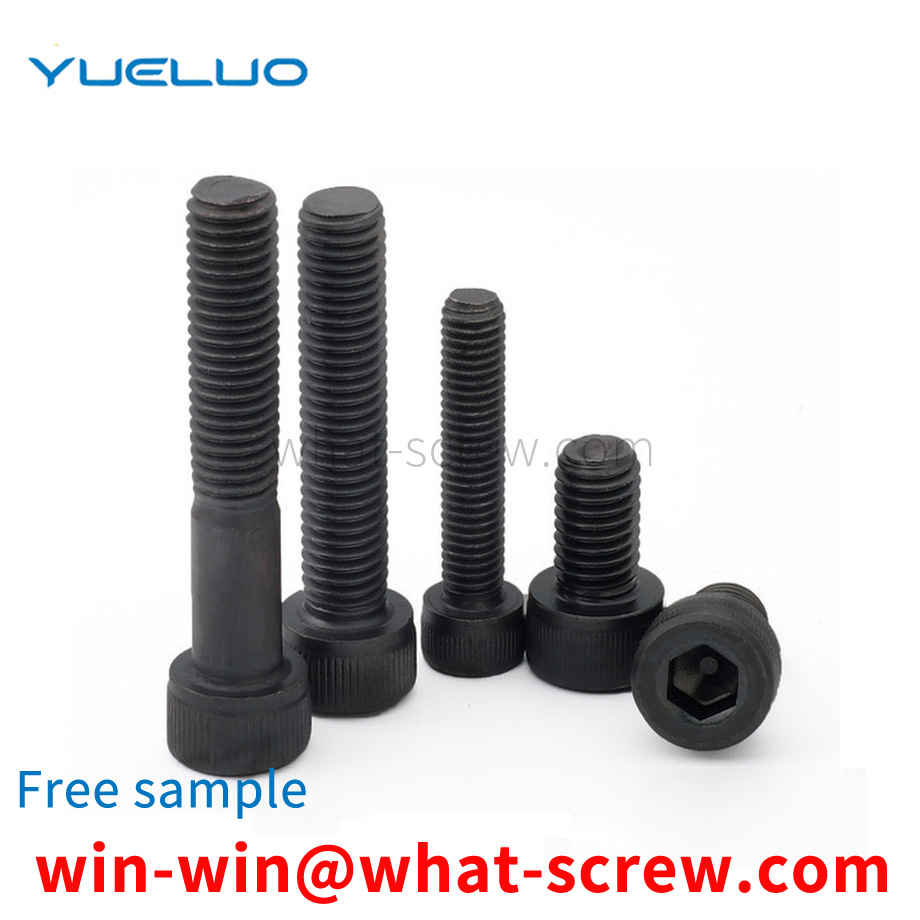
screw is a common connecting piece, a tool that uses the physical and mathematical principles of the circular rotation and friction of an object to fasten the parts of the object step by step. Screws are indispensable industrial necessities in daily life: tiny screws used in cameras, glasses, clocks, electronics, etc.; general screws in televisions, electrical products, musical instruments, furniture, etc.; as for engineering, construction, and bridges, large screws are used. Screws and nuts; transportation equipment, airplanes, trams, automobiles, etc. are used together with large and small screws. Screws have important tasks in industry. As long as there is industry on earth, the function of screws will always be important. The screw is a common invention in people's production and life for thousands of years. According to the application field, it is a great invention of human beings. A traditional screw is generally set as a screw head at one end and a screw rod at the other end, which cooperates with an external nut to fasten the connector between the screw head and the nut. However, such as some home appliance modules, chassis and other electrical appliances, the modules and boxes fixed by traditional screws often fasten many parts together by screws. During maintenance, it is necessary to disassemble all parts of the maintenance part, which is very troublesome. Therefore, a new type of screw structure that can be connected at both ends and can realize layered installation is required. During maintenance, only the connecting layer of the maintenance part needs to be disassembled, and neither the exterior nor the interior needs to be disassembled.
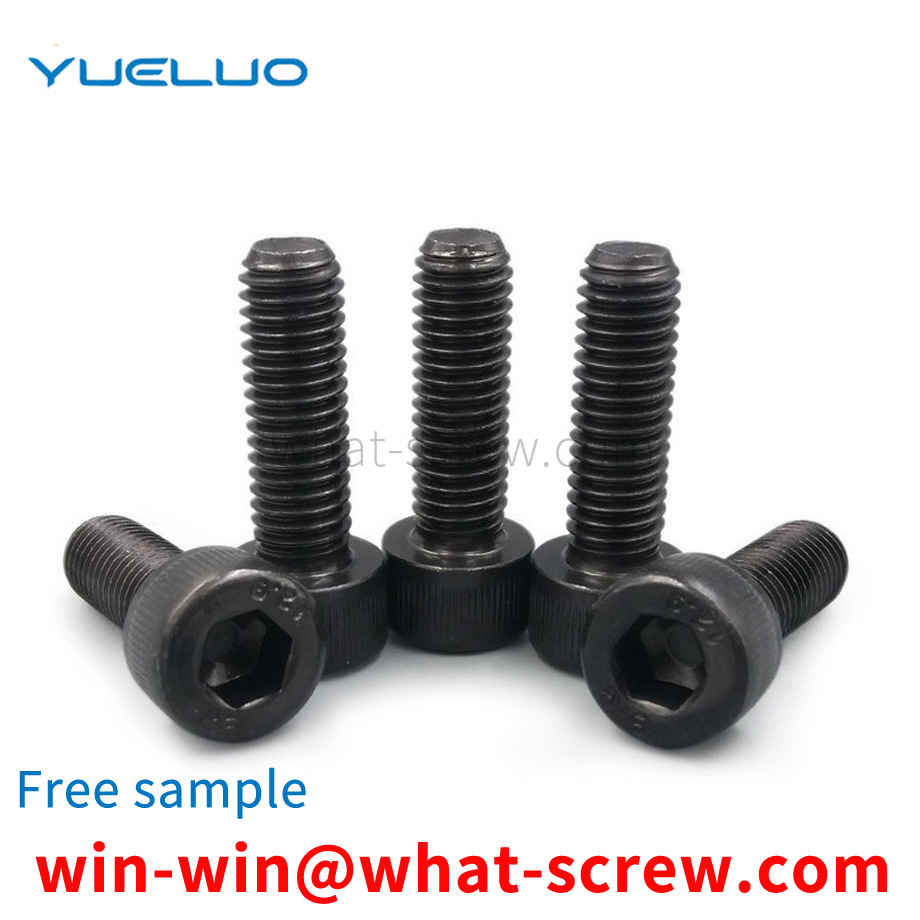
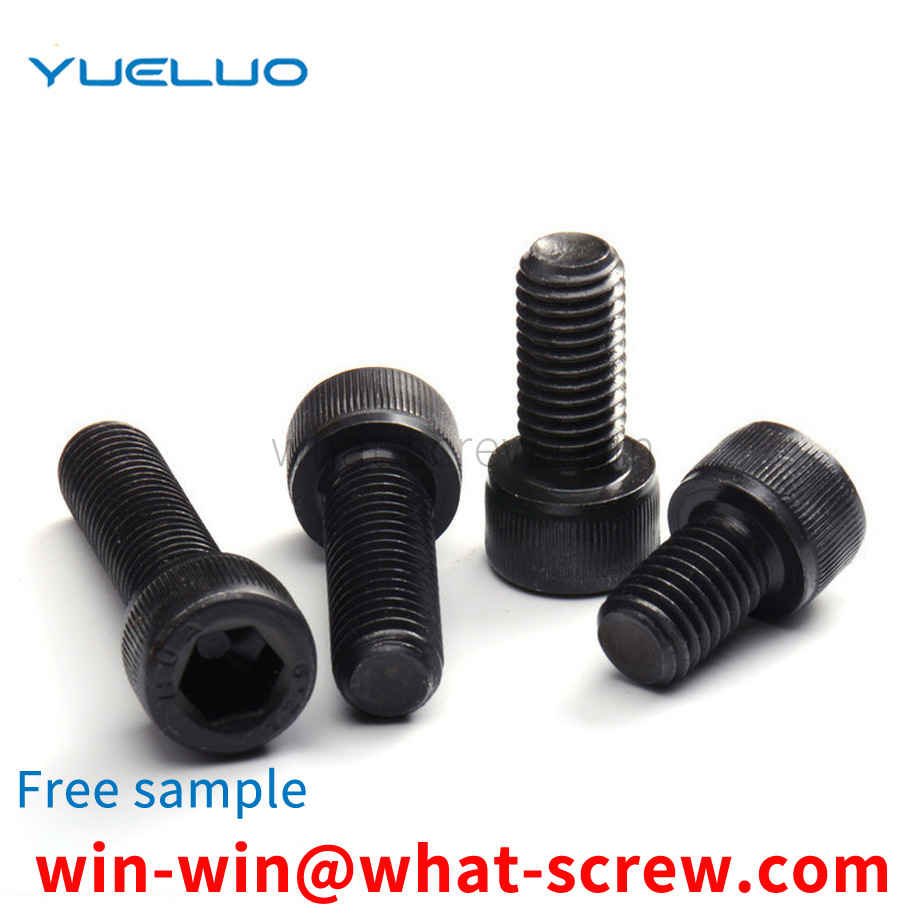
Self-locking nuts generally rely on friction. The principle is to press the embossed teeth into the preset holes of the sheet metal. Generally, the diameter of the square preset holes is slightly smaller than that of the rivet nut. The nut is connected with the locking mechanism. When the nut is tightened, the locking mechanism locks the ruler body, and the ruler frame cannot move freely to achieve the purpose of locking; when the nut is loosened, the locking mechanism disengages the ruler body, and the ruler frame edge body movement
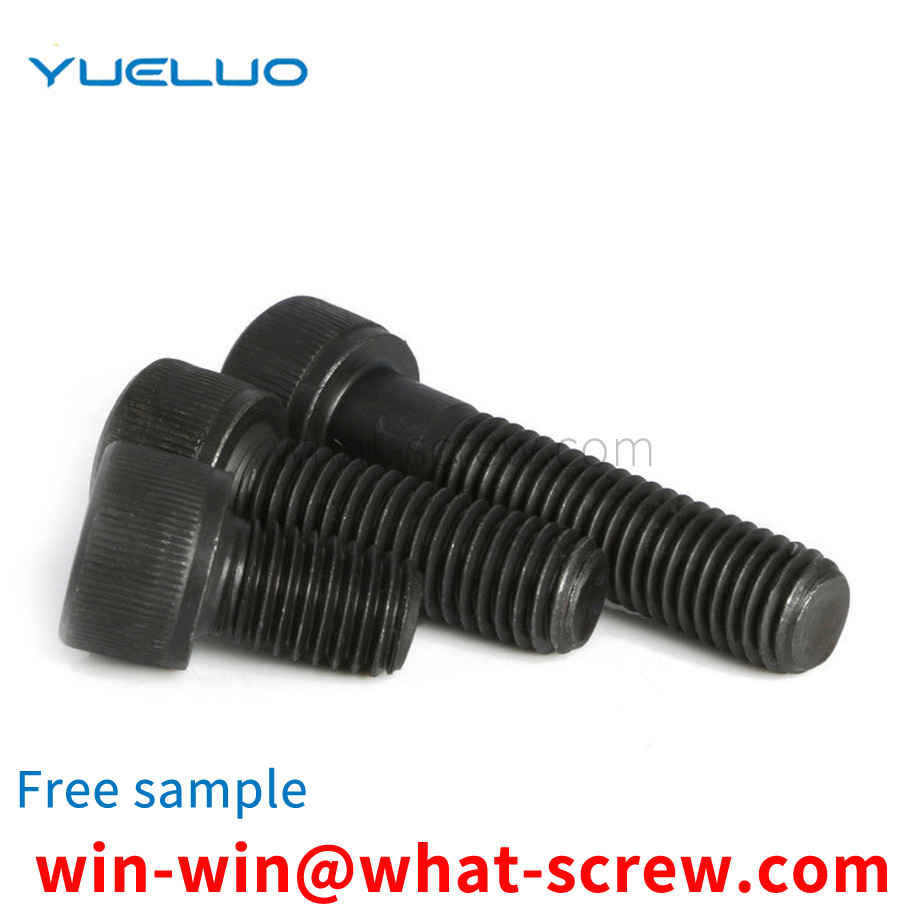
Washers are common parts that are annular or annular after compression. The existing standard washers include flat washers, spring washers, serrated lock washers, saddle washers, etc. The end faces are mostly flat or flat after compression. , so it is in surface contact with the workpiece. Generally, after the two workpieces are locked by washers, bolts and nuts, the workpieces cannot move in any direction, so as to achieve the purpose of tightening the two workpieces. In actual production, some workpieces are still required to be properly translated in a certain direction after locking. In order to achieve this requirement, the usual practice is to open a waist-shaped hole on the workpiece that needs to be moved, and the zigzag-shaped bushing is fitted with a flat washer after passing through the waist-shaped hole, as shown in FIG. The edge of the hole is located in the space enclosed by the bushing and the flat washer, and a gap is formed between the workpiece and the bushing and the flat washer, so that even if the bolt passes through the flat washer, the bushing and the workpiece in turn, it is threaded and locked with the nut. tight, the workpiece can still translate along the length of its girdle hole. Obviously, this method can achieve the requirement of proper translation of the workpiece, but the following deficiencies can still be found in the actual assembly. First, before locking, the bushing, washer and workpiece are separated from each other, so it is more inconvenient to assemble; secondly, the lining is The separation structure of the sleeve and the gasket is inconvenient to manage, and the disassembled gasket and bushing are easy to lose and affect the use again.
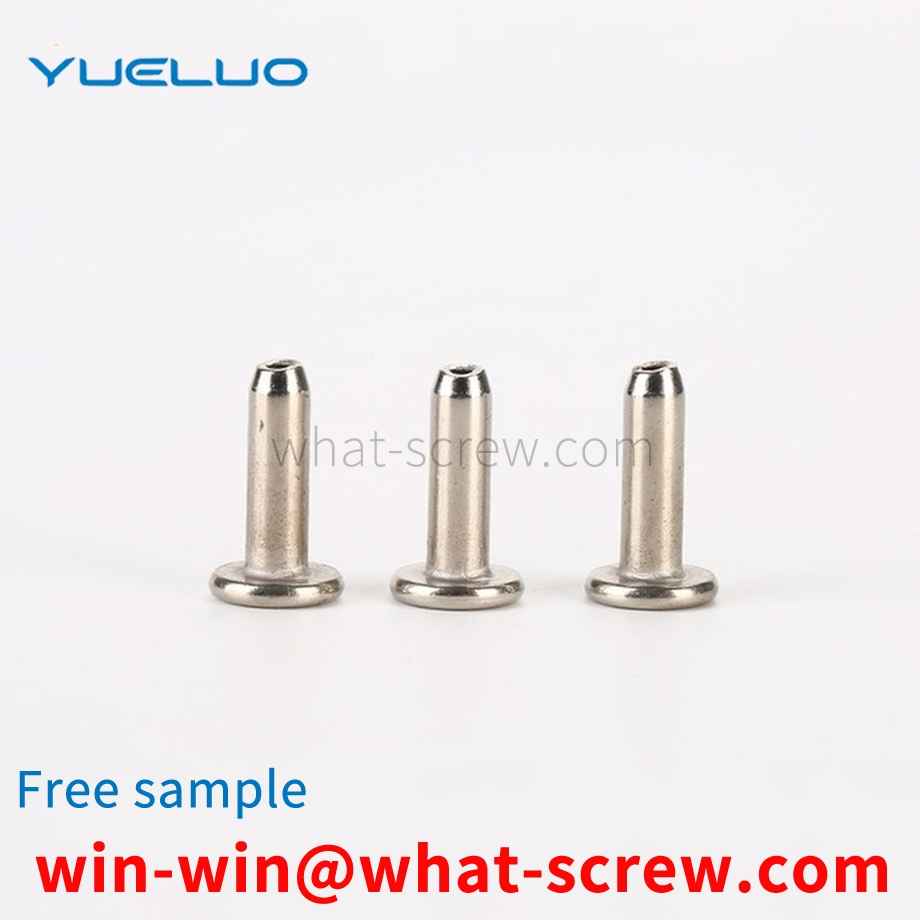
The above content is uploaded by Yueluo or the Internet. If there is any copyright issue, please contact [email protected].

What is the tolerance range of precision screws?

How to choose the right stainless steel screw manufacturer?

Why is there an R angle under the head of the hexagon head s...

We have more than ten years of production experience in the ...

We have more than ten years of experience in the production ...

We have more than ten years of experience in the production ...

We have more than ten years of experience in screw industry ...